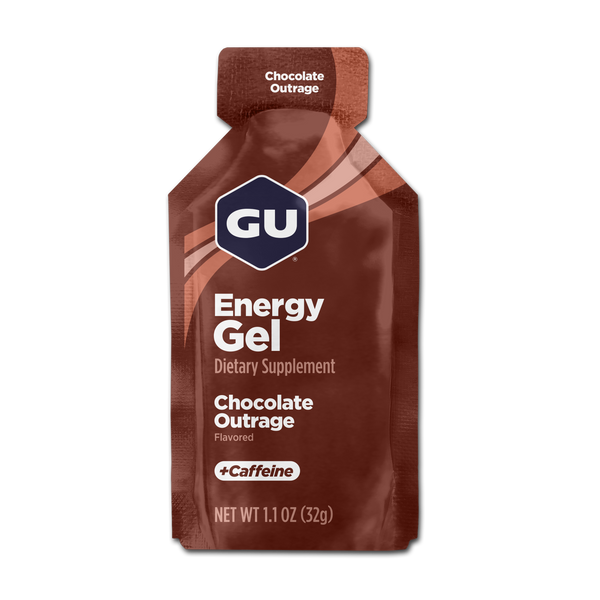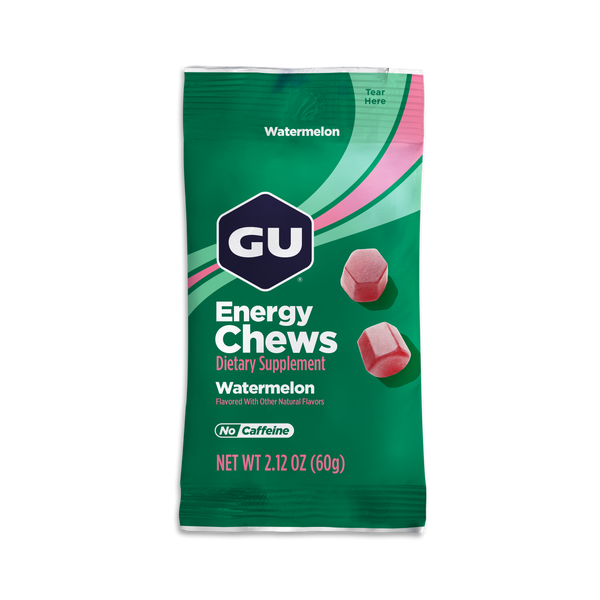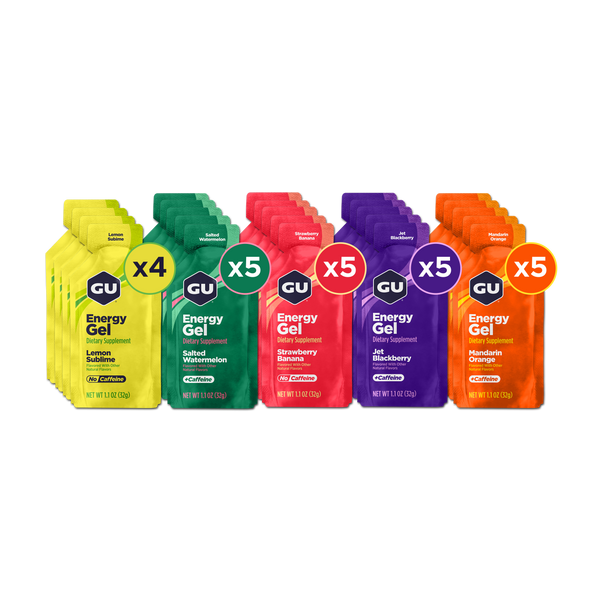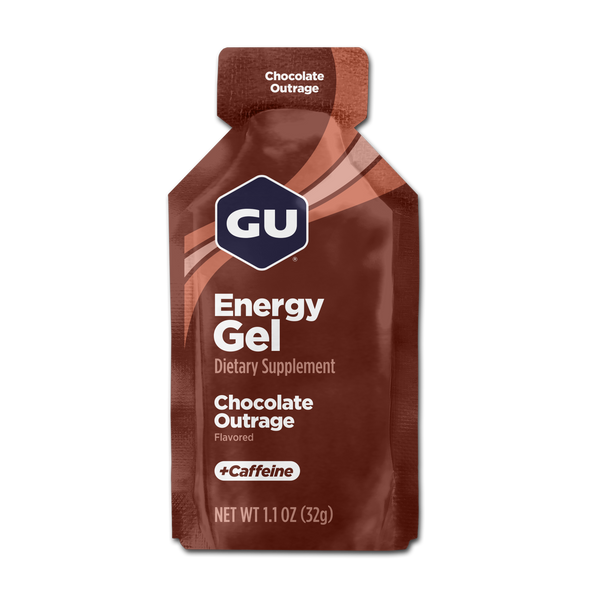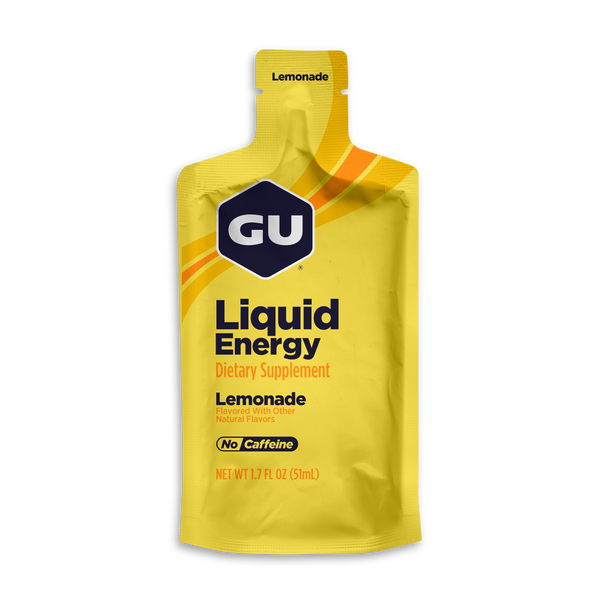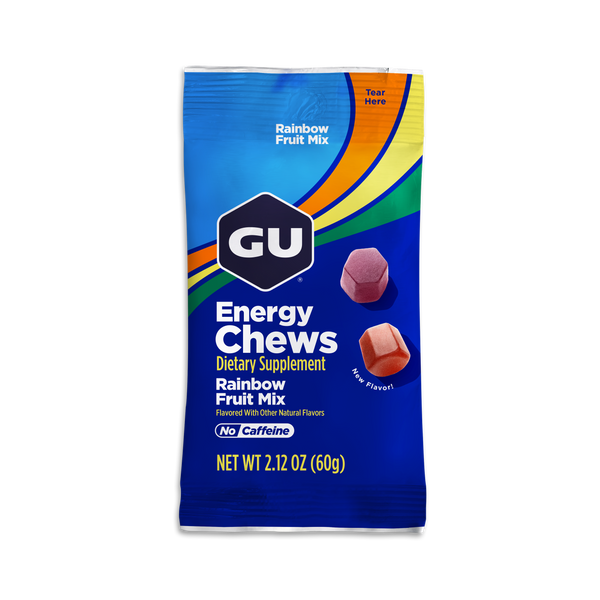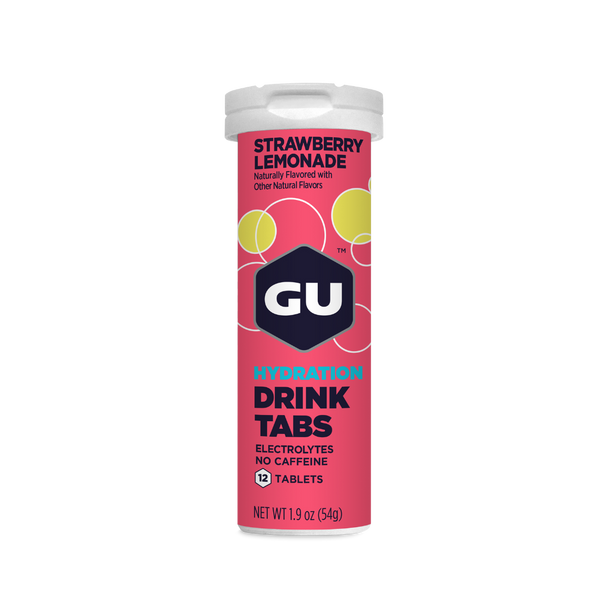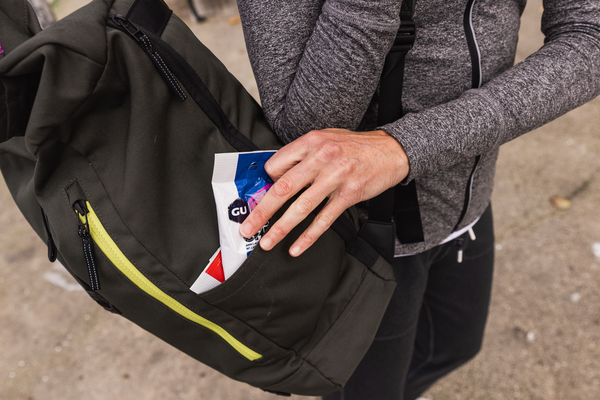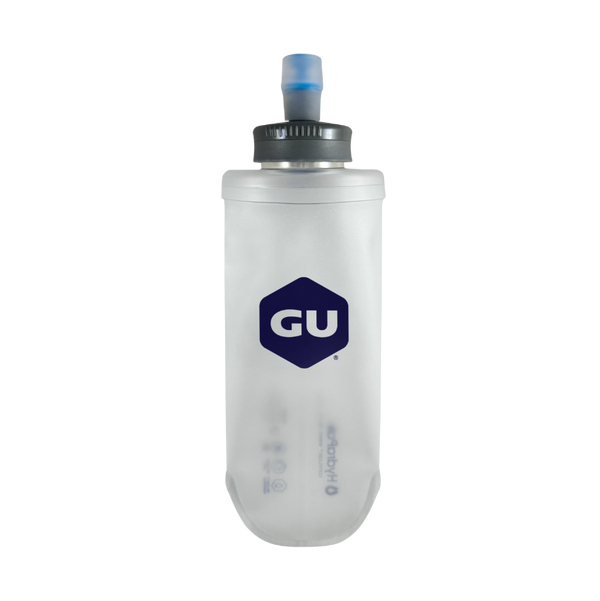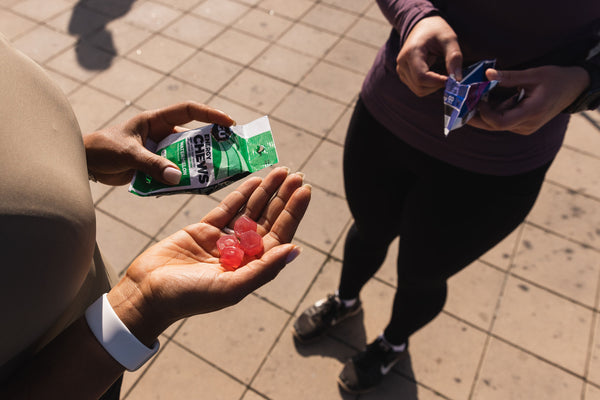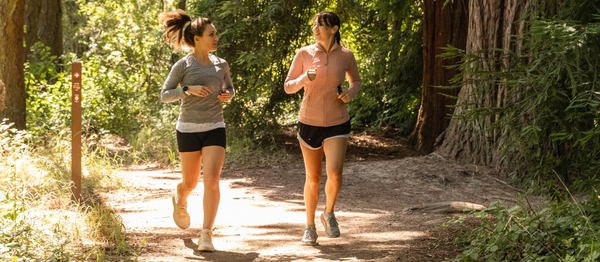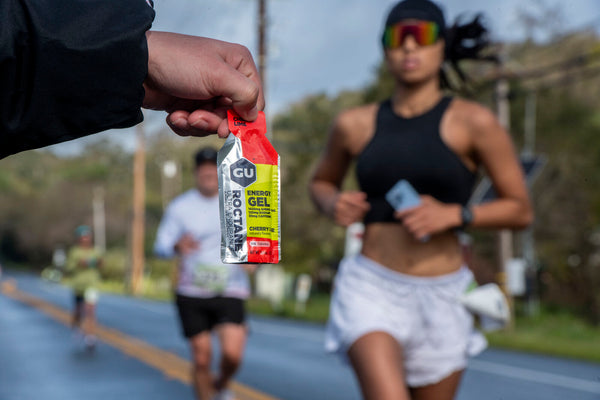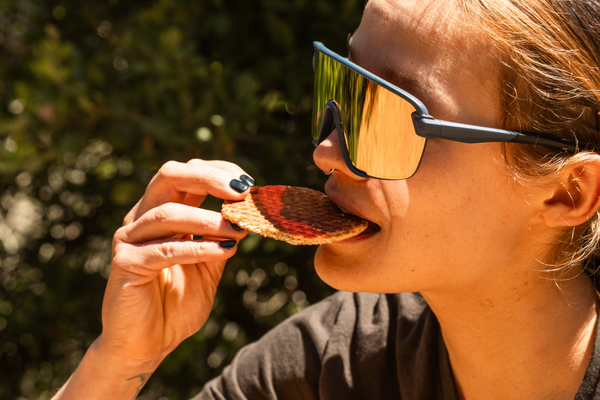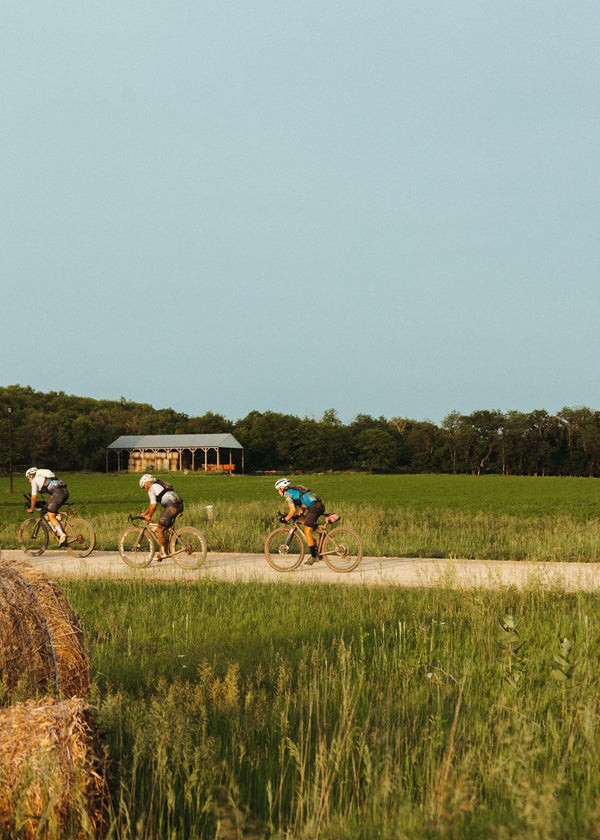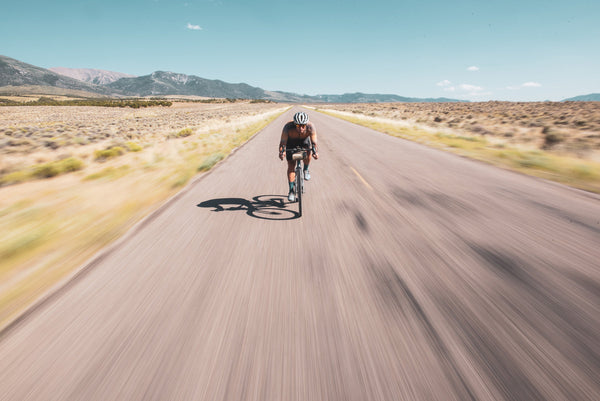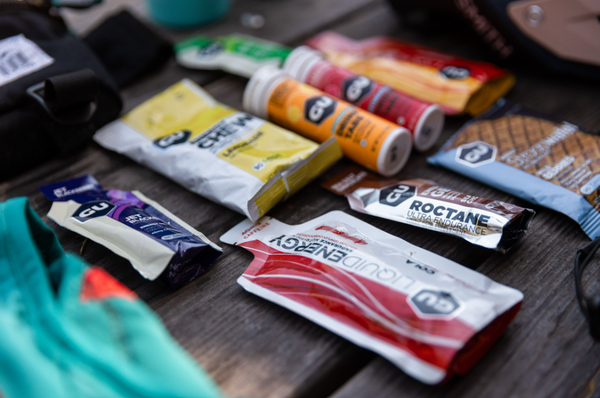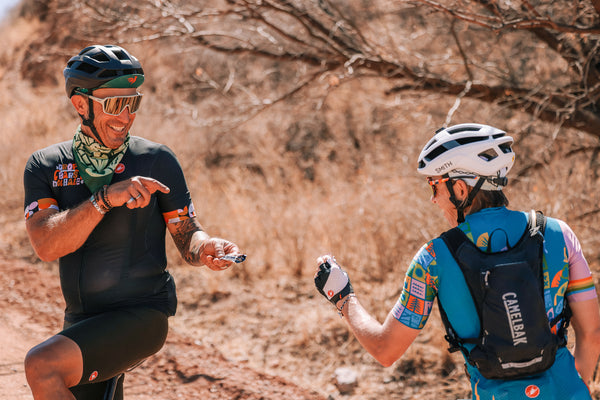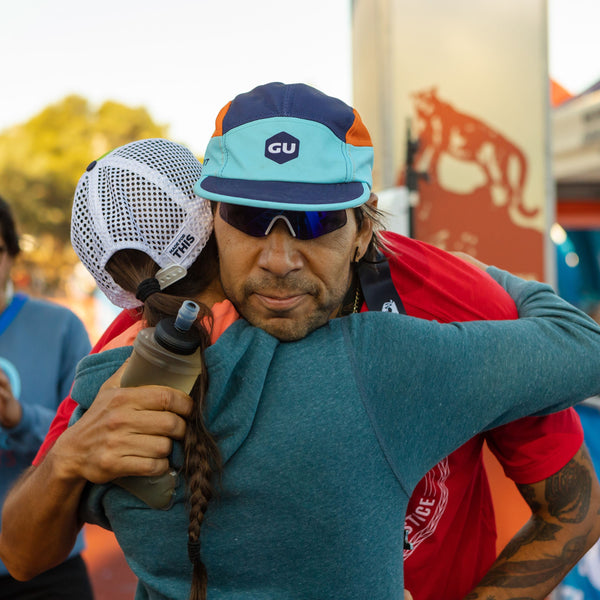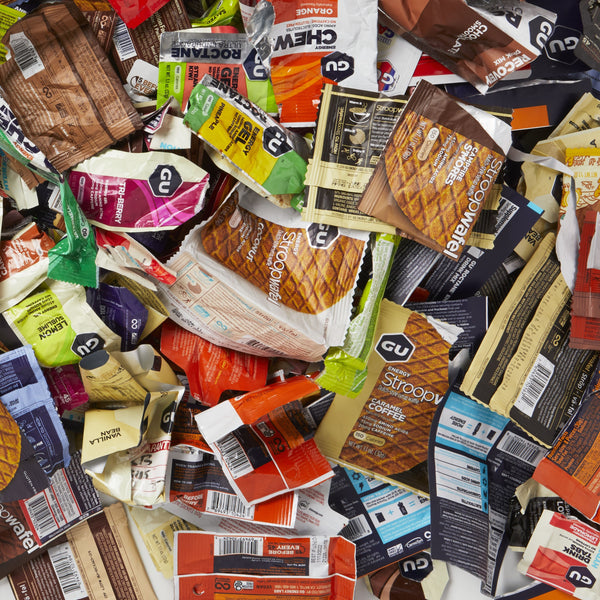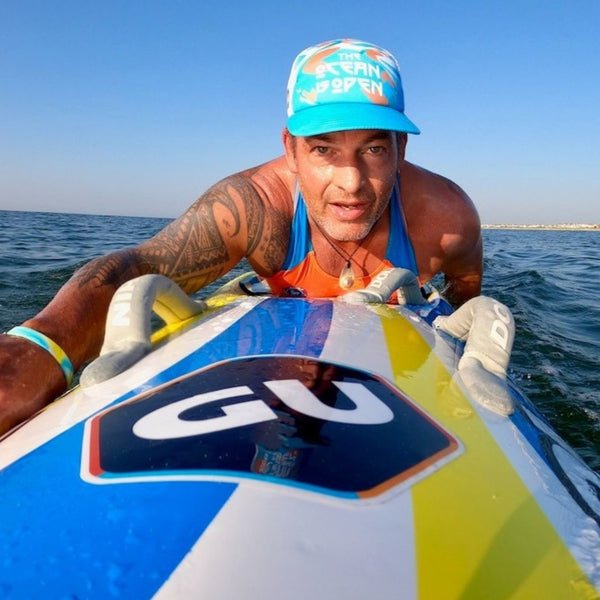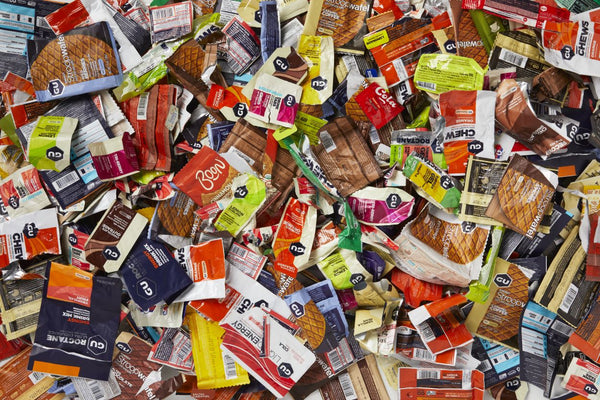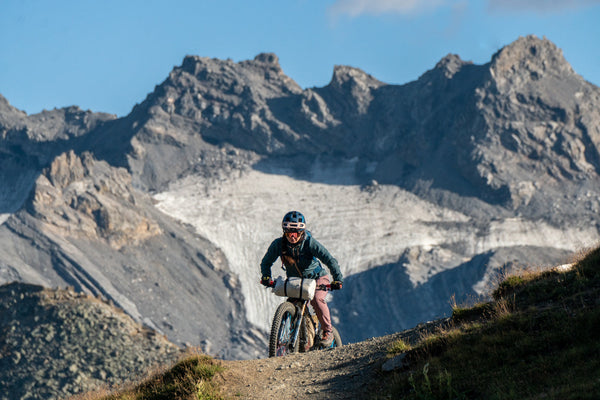Part 2: The Training
From Berkeley to the top of the world and back in 14 days.
Our very own Nutrition & Performance Research Manager, Roxanne Vogel, is pushing the limits of mountaineering through a technique dubbed a “Lightning Ascent,” drastically reducing the time it typically takes to acclimatize and summit the world’s tallest peak through training, technology, and careful nutrition planning.
Follow GU Energy Labs on Instagram and Twitter for updates on Roxanne’s trip.

Photo Courtesy of Alpenglow Expeditions
If you were dropped on the summit of Mt. Everest at 29,029 feet directly from sea level, you would only last a few minutes before passing out and slipping into a coma from hypoxia (or lack of oxygen). The human body is not meant to survive at extreme elevation, which is why high alpine climbers need to give their bodies time to adapt by gradually exposing their system to higher and higher altitudes.
While most climbers spend many weeks on Mt. Everest slowly acclimatizing to higher elevations, Roxanne’s plan is to go from sea level in Berkeley, CA to the top of Everest and back in 14 days…
How is this possible?

Roxanne & coworker Magda Boulet on the summit of Ojos Del Salado at 22,615 ft following a Rapid Ascent of the peak in December 2017
Four words: training, training, training, and more training. As Roxanne prepares to make her Lightning Ascent of the highest peak in the world, she is focusing on four key training areas:
- Physical training
- Hypoxia training
- Heat training
- Nutrition and supplementation
Physical Training
Let’s start with the nuts and bolts. While Roxanne has been planning to climb Mr. Everest for over seven years, the main preparation began one year ago. First up on her to-do list – get as aerobically fit as possible! Roxanne hit the trails around Berkeley, raced ultra-marathons, and eventually tested her fitness last November with a mountaineering trip to Ecuador where she topped three 19,000 ft peaks in five days.
Since December, Roxanne has been averaging 20 hours a week of training. With the help of Seth Keena, Scott Johnston, and Steve House of the Uphill Athlete team, she crafted a weekly training regimen that would prepare her for her summit attempt.
[Note: Steve and Scott are world-renowned alpinists, authors of Training for the New Alpinism, and co-founders of Uphill Athlete. Scott and Steve coach many of the top mountain athletes in the world, and they just released a new manual with Kilian Jornet called Training for the Uphill Athlete.]
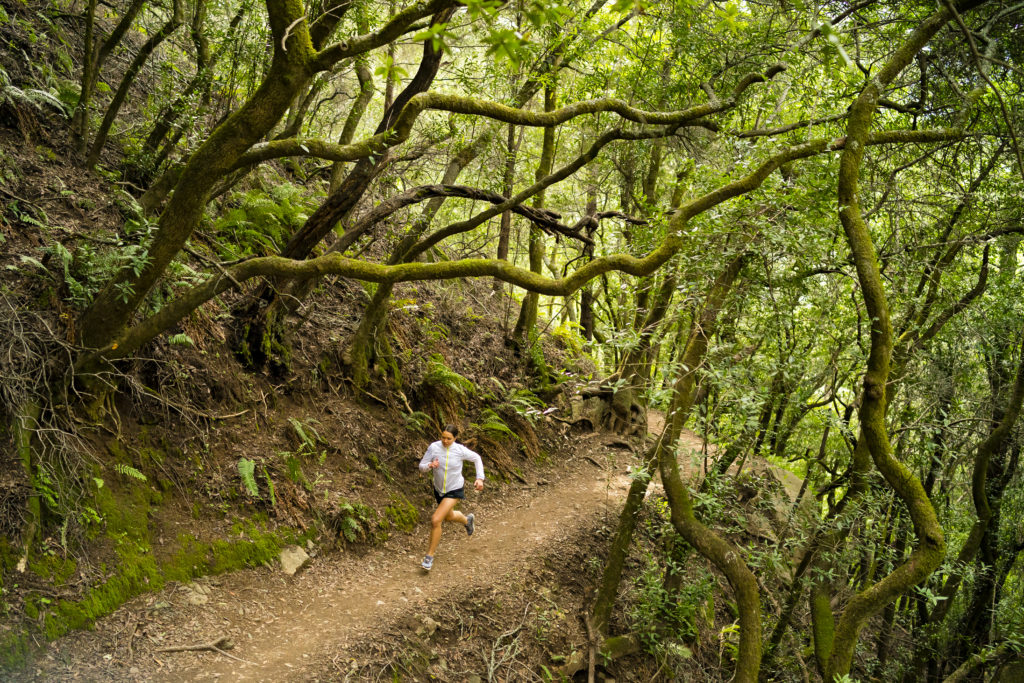
Here’s a typical day in the life of Roxanne:
- 4:30 am: wake up
- 5:00-7:00 am: training
- 7:00-7:30 am: sauna time
- 8:30-5:30 pm: go to work
- 5:30-6:30 pm: more training
- 7:00 pm: dinner
- 8:00 pm: bedtime in the altitude tent
Roxanne’s “training” took the form of trail running, threshold intervals on the stairmaster, strength training, plyometrics, core exercises, and long hikes with a heavy backpack.
But getting in excellent shape is just one piece of the puzzle…

Roxanne also trains under hypoxic conditions to simulate the thin mountain air
Hypoxia Training
This is one of the keys to creating adaptations in the body that will make it possible for Roxanne to reduce the time she needs to spend acclimatizing on the mountain. Starting in early February, Roxanne began spending as much time as possible at elevation… but she did so in the comfort of her own home and here at our GU Energy Labs headquarters in Berkeley.
Sleeping in a Tent and Working in a Closet. Roxanne worked with the experts from Alpenglow and the team from Hypoxico Altitude Training Systems to develop a protocol that gradually conditioned her body to work efficiently at higher and higher elevations. Every night, Roxanne would sleep in a bed surrounded by a plastic bubble that simulates oxygen levels at higher altitudes… eventually building up to 20,000 feet! While at work, she would spend as much time as possible in the Hypoxico altitude chamber in the GU Endurance Lab taking calls and working on her computer at up to 11,000 feet.
During the three months prior to departure, Roxanne spent over 12 hours a day in simulated altitude environments. We began to call her the Bubble Girl!
View this post on Instagram
Spending time “at altitude” naturally increases erythropoietin (EPO), hemoglobin, red blood cells, and hematocrit, which all help her carry more oxygen to the rest of her body. This is an essential adaptation for performance when oxygen is scarce.

Roxanne outfitted her bedroom with an altitude tent from Hypoxico to simulate sleeping at high elevations.

Over the course of three months, Roxanne gradually increased her sleeping altitude — topping out at 20,000 feet. For reference, that’s 6,000 feet higher than the highest point in the lower 48 states!
Heat Training
Temperatures on the summit of Mt. Everest can reach negative 80 degrees, so it might seem a little strange to undergo heat training before a summit attempt.
However, three times a week, Roxanne would spend 20-60 minutes in a sauna, steam room, or hot tub to expose her body to thermal stress. While you might consider these places relaxing, extreme heat is actually an effective way to activate heat shock proteins which stimulate cross-acclimation to hypoxia.

Roxanne loaded with 120 pounds of gear on Denali in 2016
Nutrition & Supplementation
This is where we get really excited here at GU! Roxanne worked closely with the other members of the GU Research, Innovation, & Development team to come up with a nutrition and supplementation strategy to support her high training load, facilitate recovery, and meet her nutritional requirements for macro and micronutrients.
The core of her diet was based on whole foods rich in plants, lean proteins, nuts & seeds, and healthy fat sources. She also focused on incorporating anti-inflammatory foods and upping her protein intake to support training and recovery. Generally, she strived for a low-glycemic diet, which means her carbs would come from veggies, berries, hummus, and fermented foods.
Here are the keys to her daily nutrition plan:
- 1-2 lbs of veggies daily (including a giant salad at lunch with a pound of fresh produce)
- Fish (almost daily) to get omega-3s (for anti-inflammatory benefits)
- Cruciferous veggies daily to support detoxification enzymes, which fight free radicals produced by heavy exercise. (For example: broccoli, cauliflower, Brussela sprouts, and cabbage.)
- Berries and 100% dark chocolate for polyphenols and anti-oxidant support (yum! dessert!)
- Eliminated alcohol consumption since January

Beyond the whole foods she ate daily, Roxanne also added some important supplements to her diet to round out four key needs: vitamin D, iron, magnesium, protein.
She checked off her vitamin D and magnesium needs by taking two ROCTANE Magnesium Plus Capsules every night before bed. To meet her increased need for protein, Roxanne’s been drinking our newly formulated ROCTANE Protein Recovery Drink Mix, which has double the protein, helps restore glycogen stores, and provides muscles with amino acids for repair. (Coming soon on June 1!) She also took a daily iron supplement.
In addition to these four important nutrients, Roxanne is also supplementing with two other key ingredients:

